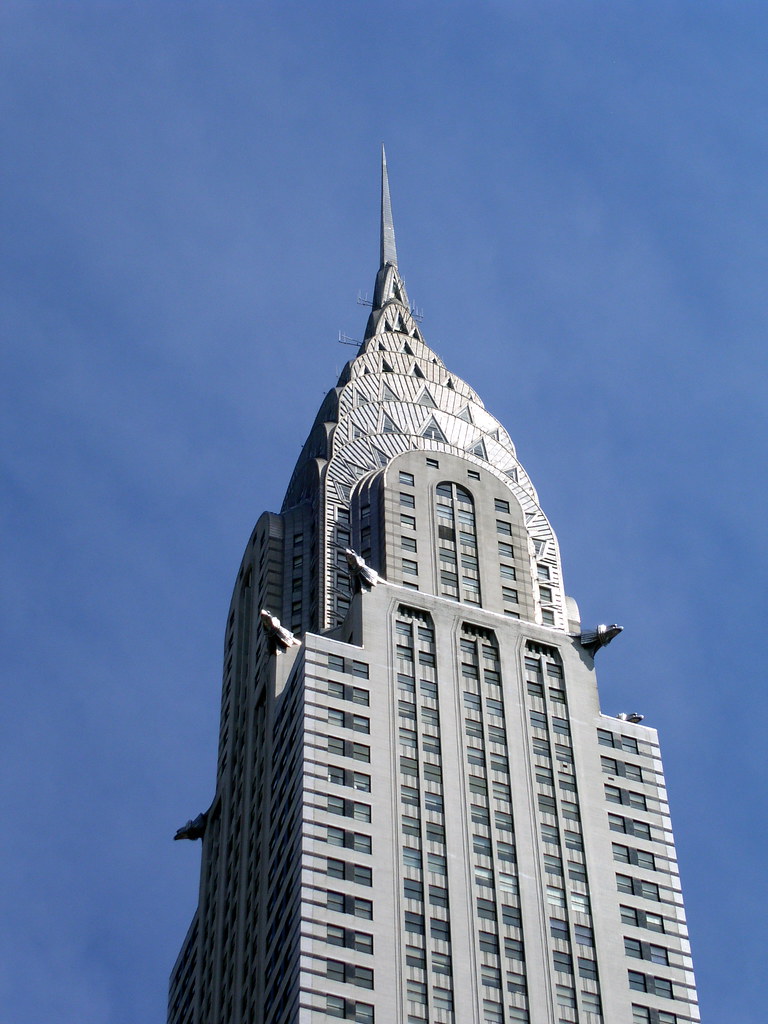

Two perceived “schools” of skyscraper design embodied these purposes. When combined with advances in engineering and materials, the skyscraper thus became not only a monument to modern progress but also a symbolic link to the historical past, a past that the United States lacked and sought to evoke or, perhaps, to distance itself from. Post eventually tackled this problem, theoretically and in practice, by considering the nature of skyscraper form itself as a new building type. Designers such as Louis Sullivan, John Wellborn Root, and George B. In the 19th century, the earliest high-rise buildings tended to simply be mere enlargements of traditional forms, such as the tower, progressively adding stories and increasing height without adequately addressing the aesthetic of a tall structure. Mitigating factors such as material and technical innovation, zoning regulations, economic climate, and the client’s purpose for construction affected the skyscraper’s success as much as the designer or engineer did. Critically successful structures in terms of aesthetics were also not always profitable.

Importantly, not every skyscraper was constructed in an attempt to outdo its neighbor, and not every high-rise building exhibited innovation.

In addition to concerns for ornamentation, constant competition to create taller structures not only demonstrated the desire of patrons and architects to physically outdo one another in creating a landmark structure but also reflected changing economic conditions and building patterns within particular cities. Historicism and eclecticism moved in and out of fashion throughout the century, interspersed with periods of a new “modern” aesthetic that exploited the pure form created by the steel-frame and glass curtain wall. OVERVIEW / GALLERY / ARCHITECTS / BUILDINGS / MOREĪs the archetypal urban commercial building, the 20th-century skyscraper exhibited continual structural innovation and stylistic exploration.


 0 kommentar(er)
0 kommentar(er)
